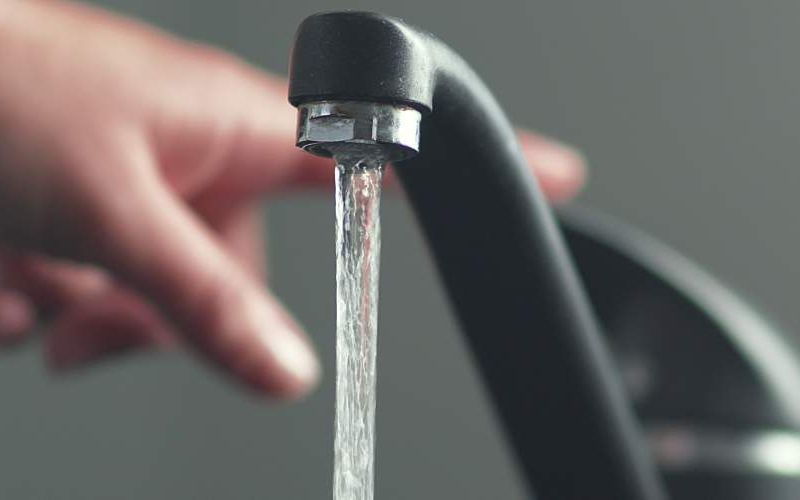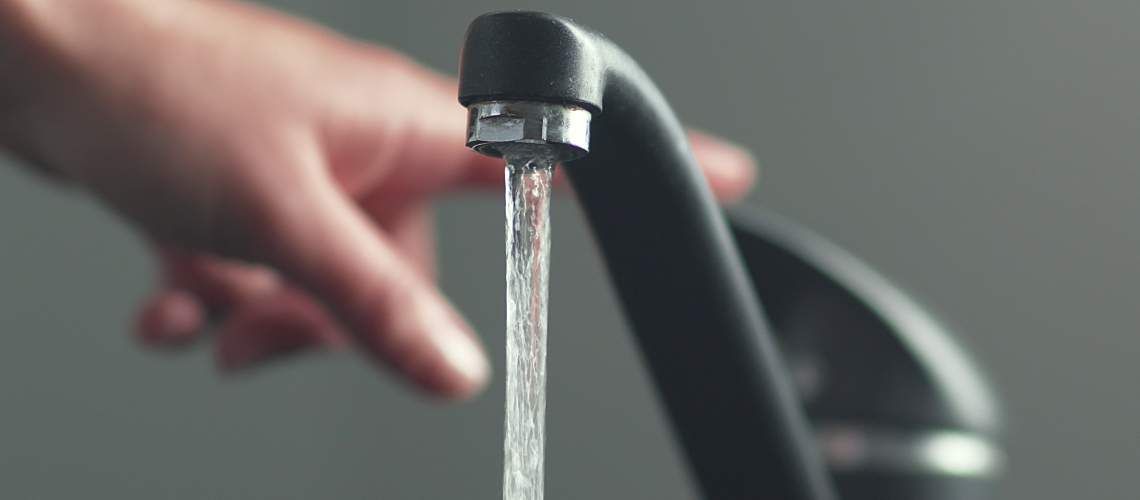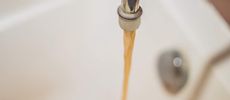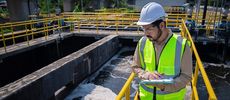LSL Inventories and Water Quality Sampling Protocols: What Water Labs Should Know


A large body of research shows lead exposure is dangerous at any level and can have long-term effects on children's health, development, and IQ. However, up to 10 million lead service lines (LSLs) are still used across the U.S., threatening drinking water quality and posing significant risks to public health.
These facts are the driving force behind the Environmental Protection Agency's (EPA) first-ever review of the Lead and Copper Rule (LCR). The resulting rules, called the Lead and Copper Rule Revisions (LCRR) and Lead and Copper Rule Improvements (LCRI), lay out the agency's multi-pronged approach to solving the lead pipe crisis nationwide.
Part of this strategy requires water systems to create LSL inventories, which will support the EPA's goal of fully replacing all LSLs across the country within a decade. Here's what goes into creating an LSL inventory and the recommended water quality sampling protocols for identifying LSLs.
How LSL Inventories Will Help Impacted Communities
Under the LCRR, water systems must submit a complete inventory detailing where all LSLs are located by October 2024. In addition to regulatory compliance, developing LSL inventories provides several benefits to water systems and customers, including:
- Raising awareness among customers about lead risks and facilitating household-level actions to reduce exposure, such as flushing, water filtration, or private LSL replacement.
- Helping pinpoint sources of high lead levels at specific locations.
- Mitigating potential lead exposure during service line replacement.
- Improving transparency around LSL replacement progress.
- Allowing water systems to reduce costs by replacing LSLs as they're identified in the field.
Methods for Identifying LSLs
Locating the nearly 10 million LSLs in existence nationwide will undoubtedly be a complex task, considering that the construction of many water systems dates back many decades. In August 2022, the EPA released detailed Guidance for Developing and Maintaining a Service Line Inventory aimed at helping water systems comply with the October 2024 LSL inventory deadline.
The guidance covers a variety of methods water systems have used to investigate service lines and identify LSLs, such as:
- Reviewing historical records such as construction and plumbing codes, water system records, and inspection records
- Visual inspection, both by customers and via CCTV
- Water quality sampling
- Mechanical and vacuum excavation
- Predictive modeling based on water system data and building characteristics
- Other emerging technologies and their limitations
The methods outlined in the guidance aren't required under LCRR but provide a starting point for water systems needing to build an LSL inventory. Some methods may require state approval, including water quality sampling. Thus, water systems must understand their state's regulations and use approved methods.
Water Quality Sampling Protocols for LSL Identification
EPA guidance lays out several options for using water sampling to identify LSLs. These include sequential sampling, targeted service line sampling, and flushed sampling, all of which require some degree of customer participation or access to resident homes.
Sequential sampling or profile sampling involves taking a series of consecutive 500-milliliter to 1-liter samples from an interior faucet after a stagnation period of six or more hours. The home's plumbing dictates the total number of samples, which is usually 8 to 15 liters. The EPA guidance notes that this method has high sensitivity but is more burdensome and complex for residents.
Targeted service line sampling is similar to sequential sampling, except it aims to collect a specific sample within the service line. Pipe diameter and length are used to estimate the volume of water from the faucet to the service line to determine where to target sampling.
With flushed sampling, a sample is collected from the tap after the water has been allowed to run for a specified time. This removes standing water and helps determine background lead levels, with the potential to identify differences between LSL versus non-LSL homes. The EPA points out that this method may be appropriate as an initial screening, given its simplicity.
Establishing Community-Specific Thresholds
To use water quality sampling for LSL identification, water systems must establish community-specific thresholds that indicate the presence of LSLs.
According to the EPA guidance on service line inventories, DC Water uses sequential sampling, with a total lead mass of 5 micrograms in 10 1-liter samples indicative of a possible LSL. Montreal, on the other hand, uses targeted service line sampling with a lead concentration of 3 parts per billion in the second liter of sampling as a screening value.
Creating LSL inventories under the new LCRR will undoubtedly be a mammoth task for water systems across the U.S. Water quality sampling is one tool that water systems will have at their disposal, and it can help residents better understand their risks. Using state-approved methods is essential, as is developing community-specific thresholds that reliably screen for the presence of LSLs.






